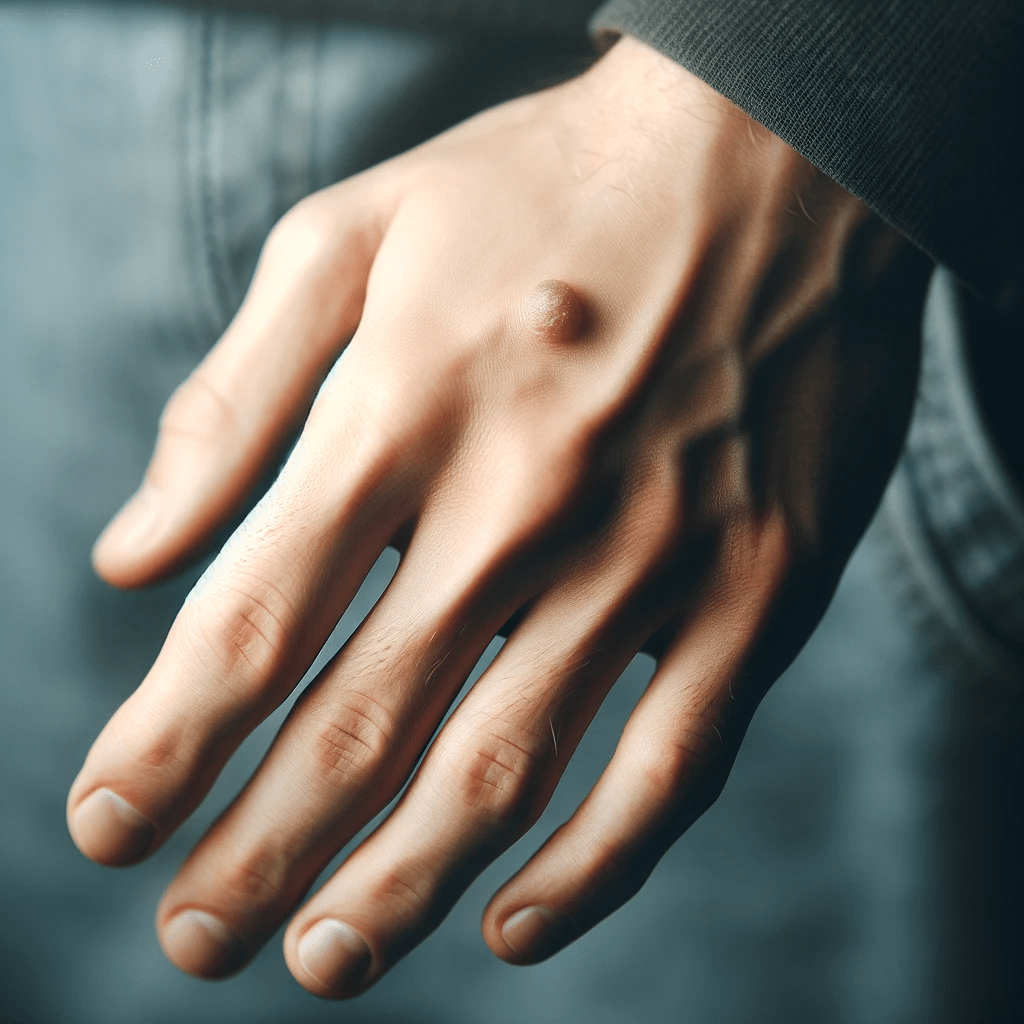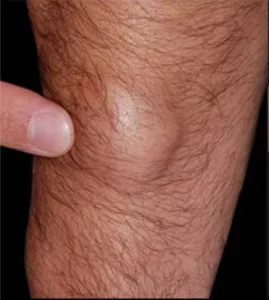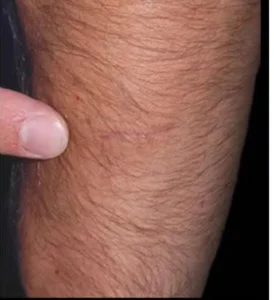
Industry Leading Plastic Surgeons
12-Month Surgical Guarantee
Same-Day Removals
We treat thousands of cases each year
What is a Lipoma?
Lipomas can occur anywhere on the body where there are fat cells, but they are most commonly found on the:
- Shoulders
- Upper back
- Thighs
- Arms
- Neck
Lipomas can occur anywhere on the body where there are fat cells, but they are most commonly found on the:They are usually soft and doughy to the touch and can move slightly when pressed. Lipomas typically range in size from a pea to a few centimeters across.
While lipomas are generally harmless and don’t require treatment, it’s important to see a doctor to get any lumps checked out, especially if they:
- Are new or growing rapidly
- Are large or become painful
- Change in appearance
It’s important to note that while lipomas are benign, there is a rare type of cancerous fatty tumor called a liposarcoma. Liposarcomas are typically larger than lipomas, grow more quickly, and may be painful.
Lipoma Removal
Lipoma removal is a minor surgical procedure to remove a lipoma, which is a harmless lump composed of fat cells. It is typically performed when the lipoma is:
- Large or becomes painful: This can happen if the lipoma presses on a nerve or restricts movement in a joint.
- In a location where it is bothersome, such as on the face or neck.
- A concern cosmetically.
There are two main types of lipoma removal procedures:
- Excision: This is the most common type of lipoma removal. During the procedure, the doctor will make a small incision in the skin over the lipoma and then carefully remove it. The incision will then be closed with stitches or surgical tape.
- Liposuction: This procedure is typically only used for small lipomas. A thin tube is inserted through a small incision in the skin, and then fat cells are suctioned out of the lipoma.
Lipoma removal is typically done under local anesthesia, which means that only the area around the lipoma will be numb. In some cases, general anesthesia may be used, which means that you will be asleep during the procedure.
Recovery from lipoma removal is usually quick and relatively painless. You may have some bruising and swelling around the incision site for a few days after the procedure. Your doctor will give you specific instructions on how to care for the incision site, such as keeping it clean and dry.
Why do people have Lipomas removed?
There are a number of benefits to Lipoma removal treatment at the Revitalise London Dermatology Clinic.
The blemish could bother you in some way, whether it is ugly, painful or growing in a way which worries you.
There is also the risk the Lipoma could be a sign of something more serious. It is worth removing if your doctor has any concerns such as it being painful, inflamed or hard. After removal, it will be unlikely to ever return.
Our quick and effective treatment will leave you with blemish-free, painless skin with minimal to no scarring. Following treatment, a patient will no longer worry about the treated area.
Lipoma Removal or Fatty Lump Removal will help to improve self-esteem and restore self-confidence. This will allow you to continue living your best life without fear of judgement!
Book a consultation with one of our expert dermatologist or plastic surgeons at our Harley Street Clinic and let us help to restore your self-confidence and help reach your body goals.
Lipoma Removal cost
Consultation Fee: £95
Removal Fee: £395 to £595+
*CTA*
The consultation fee is waived if procedure is carried out, and the cost of lipoma removal can vary.
- Surgeon’s experience and qualifications: Our Lipoma Removal Service is led by board-certified surgeons with extensive experience in lipoma removal.
- Plastic Surgeons-Supported: We have a team of internationally renowned plastic surgeons who provide support to our dermatology team for more complex removal cases or even reconstructions. Plastic Surgeons are often preferred when the patient is particularly sensitive to scarring.
- Quick, Easy and Same-Day Removal: We are able to offer a rapid same-day removal of Lipomas due our three fully supported surgical rooms here at our Harley Street Clinic.
How does Lipoma Removal Work?
The Lipoma Removal is usually performed under Local Anaesthetic. The procedure itself is quick and completely pain-free.
Our Surgeons will apply local anaesthetic and make an incision into your skin and remove the fatty lump from this tiny incision. We can send the lump to a lab and test for any cancer. We can carefully reattach the skin back together or use stitches to finish off the procedure.



